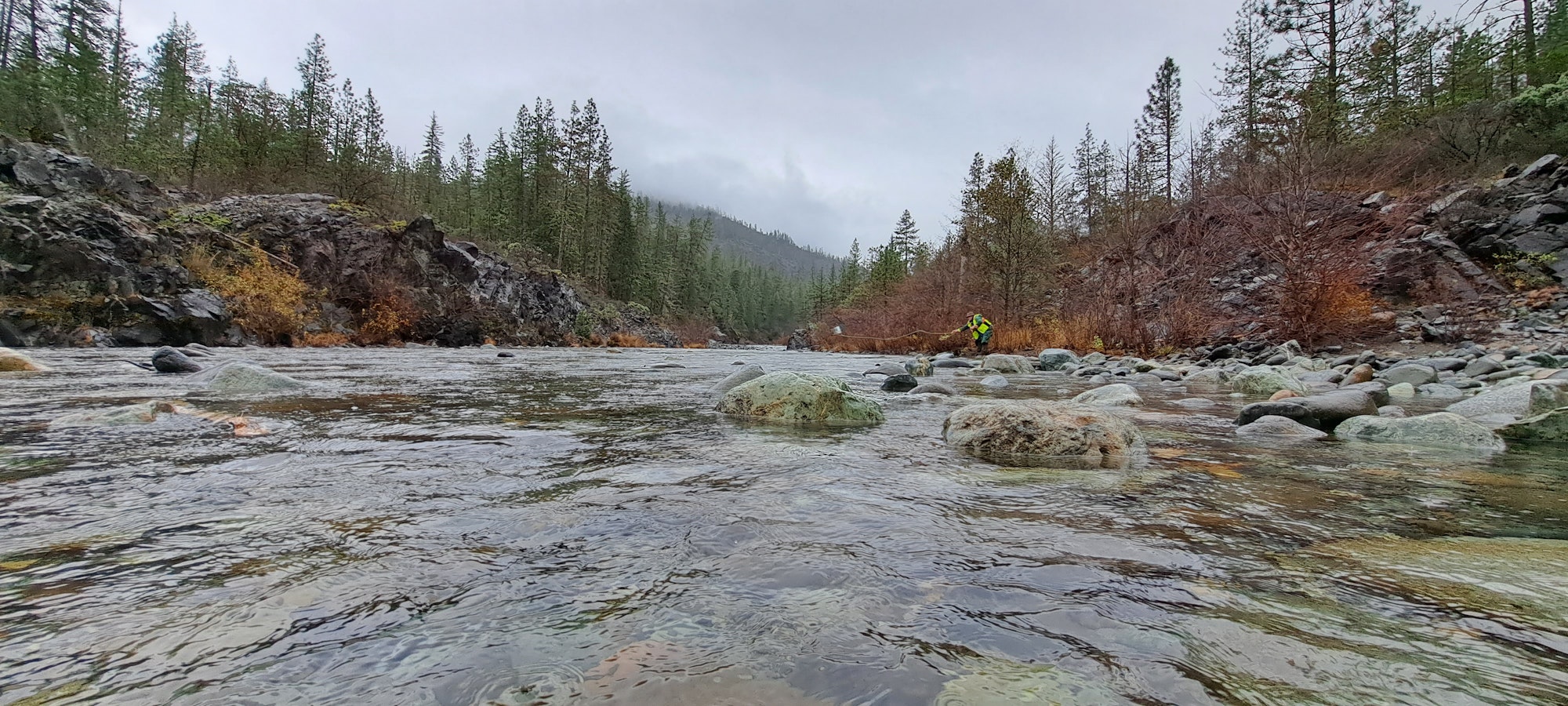Agricultural Water Quality Monitoring
Sampling & Analysis Plan
Grab Sampling Data (PDF Format)
- 2022 Grab Sampling Data
- 2023 Grab Sampling Data
- 2024 Grab Sampling Data
- 2025 Grab Sampling Data (In Progress)
Temperature Data
Reports
Collaborations

Background
The Illinois Valley Water Quality Monitoring Program was developed in late 2022 with a sense of urgency. The Illinois Valley Soil and Water Conservation District-produced Cannabis Industry Impacts to the Environmental Health of the Illinois Valley River Basin and Community Well-Being (Hall. 2022) report detailed the ecologically damaging effects that the illegal cannabis boom had on the Illinois River Basin. Additionally, the report findings highlighted the clear lack of historical water quality data in the watershed.
This unprecedented uptick in the cannabis industry reached a fever pitch in late 2021. The deterioration of water quantity and quality in the local rivers and streams through overuse was worsened by ongoing severe drought conditions. The initial priorities of the Illinois Valley Water Quality Monitoring Program involved a specific focus on the effects of unregulated cannabis cultivation on agricultural water quality and a plan to resolve the lack of water quality data currently available for the watershed through consistent sampling of the local rivers and streams.
The IVSWCD has since broadened the lens of this program to concentrate on the collection of agricultural water quality data in the Illinois Valley as opposed to centering the focus on unregulated cannabis (an industry that is, due to its clandestine nature, notoriously difficult to monitor). The data can be used for a wide range of utilities: from deciding which areas to prioritize in salmon habitat restoration to making informed decisions as to where one can safely swim. Surface water is sampled at 19 sites throughout the watershed by a dedicated team of water sampling technicians during the April-December water sampling season.
We couldn't make this program happen without support from our dedicated sampling team, the Illinois Valley Watershed Council, Oregon Department of Agriculture, Oregon Watershed Enhancement Board, Department of Environmental Quality, USGS Columbia Environmental Research Center, Oregon State University, Oregon Department of Fish and Wildlife, Bureau of Land Management, USFS Wild Rivers Ranger District, Rogue Riverkeeper, The Water League, Grants Pass Water Lab, IEH Analytical Laboratories, and community partners.